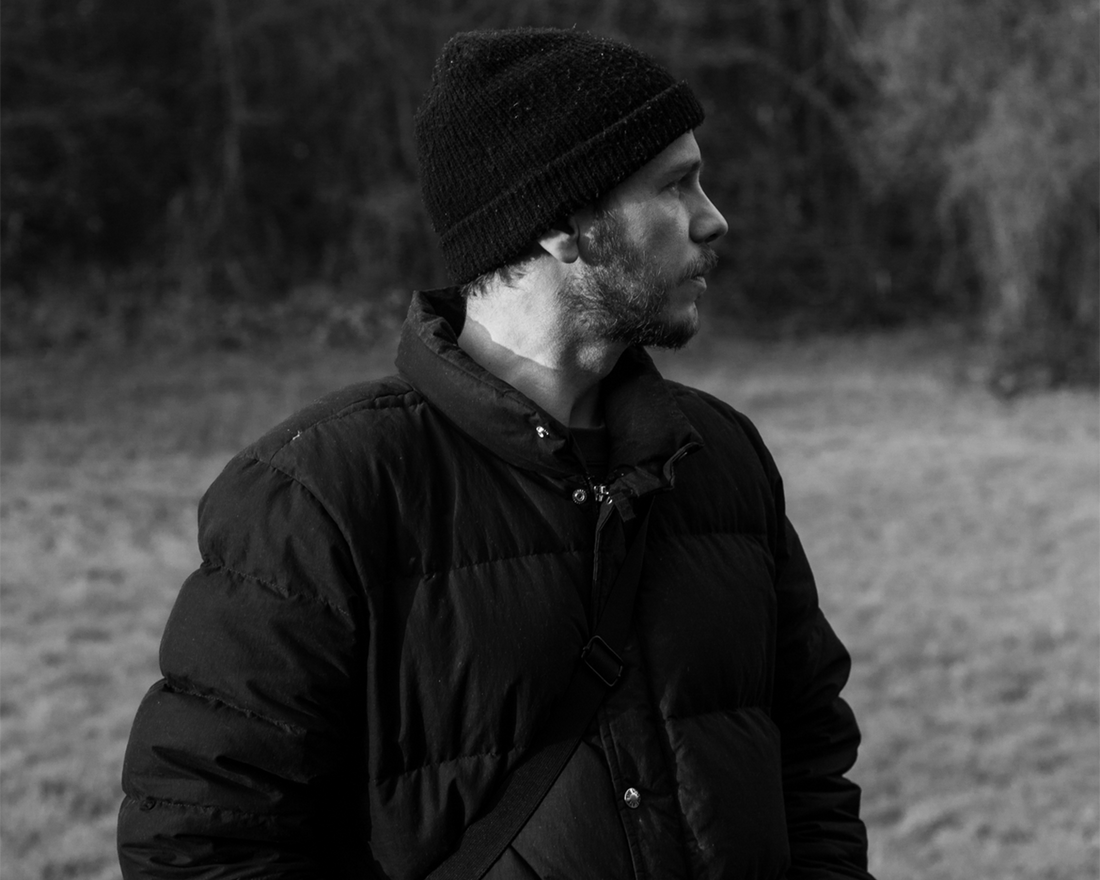MIGUEL BRUSCH

"I create work that is grounded in reality and add unusual and fantastical elements"
—
Miguel Brusch is a photographer who lives and works in Berlin, Germany, where he divides his time between personal long-term projects and working for editorial and commercial clients worldwide. Influenced by his love for cinema, Miguel’s work has a theatrical quality that weaves together fantastical elements into reality. His use of color and unusual compositions make us see beyond the obvious.
Tell us more about your background and what inspired you to become an artist and photographer.
I've been interested in the visual arts since I was a teenager, especially in photography and cinema. I initially studied Indology and Media Culture while also taking courses in film analysis and theory. Over time, I became more interested in nonfictional films that document some aspect of reality and studied documentary filmmaking.
During a trip to Mumbai, India, I became seriously involved with still life photography. While there, I carried out field research for the informal settlement of Dharavi by documenting everything in pictures. After completing my master thesis, I studied photography at the Ostkreuzschule für Fotografie in Berlin, Germany, and turned my passion into a career.
What is the common thread in your work and how does it all tie together?
I do not focus on one particular genre but besides still life's, I also love photographing landscapes and portraits. With my work, I want to depict different aspects of the world we live in, but also add elements that are not immediately apparent. I aim to create work that is grounded in reality and add somewhat disturbing and unusual elements.
What inspired the Pandemic Feast series and can you share more about the specific process involved to create them?
This series was inspired by the Covid-19 pandemic and the isolation we all dealt with. During this time, many of my jobs were canceled, I had lots of free time and lived in isolation. The pictures imagine what a meal for one person, during this lockdown and severe interruption of public and social life, would look like. I had a rough idea for each image that evolved while developing the set but was also dependent on what type of props were available.
It is rewarding when my work has the ability to convey to the viewer a certain idea of place, time, or a state of mind, and trigger an intellectual or emotional reaction.
Did this period forever change how you work?
Not really. Although I will certainly create more still life's, the pandemic is no longer affecting everyday life meaningfully so I’m back to also shooting portraits and landscapes.
How would you describe your work?
As cinema is a big influence in my photography, my pictures have a certain cinematic quality. For my visual language, color is very important, as is sense of rawness or quirkiness. Some of my work deals with social or political issues while other images just depict a compelling visual pattern, with a bit of a twist.



